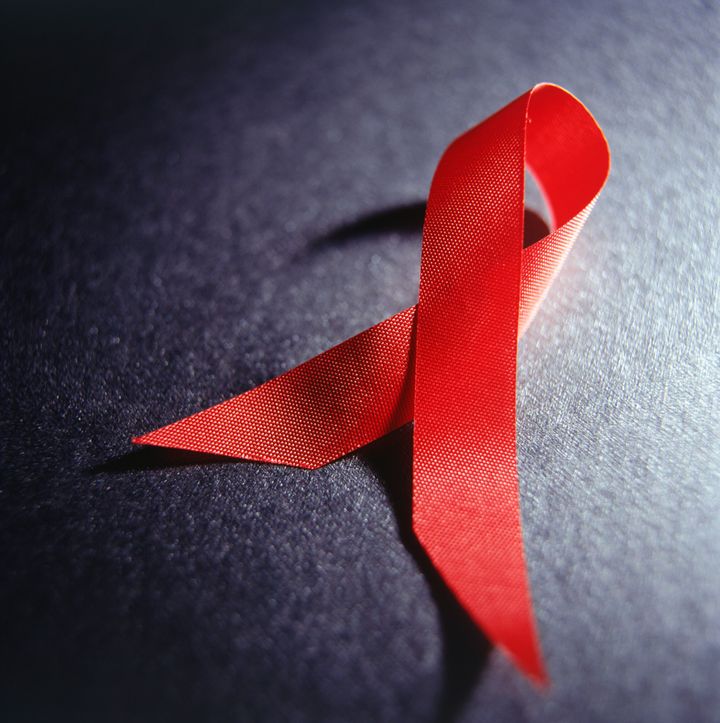
Anyone who makes an investment hopes to see a healthy return.
In the arena of global health, when we talk about value for money, we mean an investment that gets a superior return in preventing and treating infectious diseases like AIDS, tuberculosis and malaria.
Australia's government has consistently named its primary concern in global health as effective intervention in the Asia-Pacific region. And the Global Fund has delivered.
Australia taxpayers are investing AUD$100 million in the Global Fund in 2013, and the Global Fund is investing more than AUD$300 million in the Asia-Pacific region.
In the investment world, that's called "leverage."
This week, I am visiting Australia for the first time since becoming Executive Director of the Global Fund. I plan to thank Australian leaders and legislators in person for their support, and to underscore how their investment is paying off across the Asia-Pacific region.
I want to reassure Australians that we are committed to a continued partnership with their government in responding to HIV and AIDS, tuberculosis and malaria in the Asia-Pacific region.
In Myanmar this year, the Global Fund is backing a regional initiative with US$100 million that will tackle artemisinin resistance in the fight against malaria. In Papua New Guinea and in the Solomon Islands, we are supporting programs to prevent and treat tuberculosis. Each of these countries was invited to take part in a new funding model that we launched in February.
Our new funding model starts with dialogue among partners who are working together in each country. The partners and the approach will be tailored to each country because no one size fits all.
The new funding model also provides countries with more flexibility around when they seek support so it aligns with their own timing and needs. It also provides more predictability while encouraging a full consideration of the latest understanding of current trends in new infections, district by district, and the interventions that are most likely to have the greatest impact in each. At the same time, we will be catalyzing and coordinating key technical and implementing partners so countries have support to deliver highest impact programs. This will include working closely with AusAID in countries of interest to them.
For too long we have been constrained by the tyranny of averages rather than focusing on areas of high transmission and those most at risk. The new funding model strives to break free from those constraints to ensure that those most in need and at risk are reached with the highest quality services and programs.
Australia, as a strong supporter of the Global Fund, stands to see more return on its investment. Australia was one of the pioneer countries to adopt the Global Fund's Debt2Health initiative, which resulted in a significant increase in support to tuberculosis programs in Indonesia. Under the initiative, Australia cancelled AUD$75 million of Indonesia's debt. In return, Indonesia is investing half of this money in national programs to combat tuberculosis through the Global Fund.
Through Australia's support and that of other donors, the Global Fund has been able to work with partners and together we have changed the lives of millions of people around the world.
The programs we have supported are providing AIDS treatment for 4.2 million people, anti-tuberculosis treatment for 9.7 million people, and 310 million insecticide-treated nets for the prevention of malaria. In effect, the Global Fund has saved more that 8.7 million lives in its 10 years of operation.
Worldwide, enormous advances have been made. AIDS-related deaths have decreased from 2.1 million per year in 2001 to 1.7 million in 2011. There were more than 700,000 fewer new HIV infections globally in 2011 than in 2001. The absolute number of annual TB cases has been falling since 2006 and TB incidence rates have been falling since 2002. Similar gains have been made in malaria, with progress towards eliminating malaria occurring in every region of the world.
Just ten years ago, nobody thought we could achieve these milestones. It is now evident that we have a historic opportunity to get HIV, tuberculosis and malaria under control. This will transform the lives of millions of people around the world.
To complete the job, we need to keep the momentum going, but we cannot underplay the challenge ahead. We need a Big Push to defeat these diseases. We also need political commitment and scientific knowledge to invest the funding in the right areas effectively.
We know that if we work together, with shared responsibility, with clear mission focus and with passion and compassion as global health citizens we can completely control these maladies. This is a message we know Australians understand. We are confident that they will continue to offer us the help we need to complete the mission.
